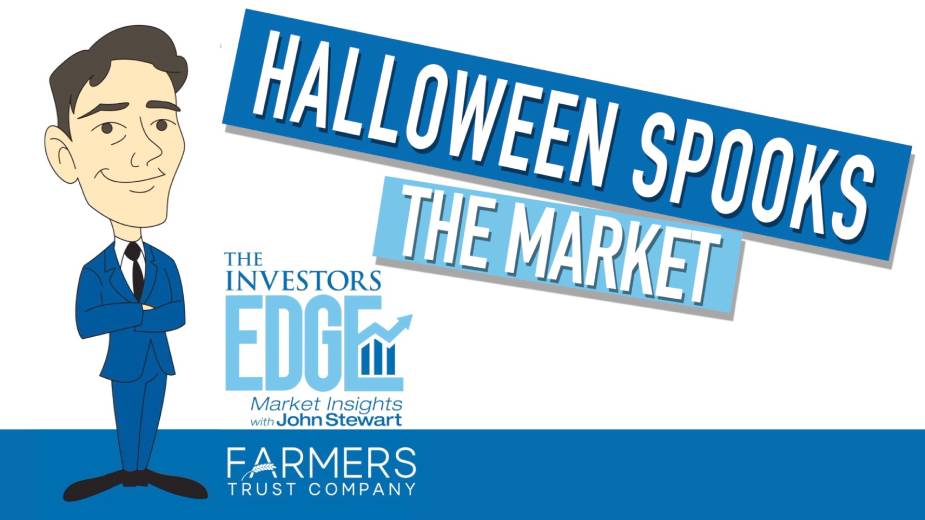Interest Rate Dynamics Explained | The Investors Edge
By John Stewart, chief investment officer at Farmers Trust Co.
Week in Review: Fed Cuts 50
If you’ve watched any financial news recently, you are all too aware of the choice the Fed had this past week to lower their Fed Funds interest rate target by 25 or 50 basis points. They obviously chose the latter.
If you’re not familiar with the term “basis points”, each point represents 1/100th of a percentage point, so 50 basis points is one-half of one percent.
At first, stocks weren’t quite sure what to make of the news – could it mean that the Fed is worried about the economy or knows something that the rest of us don’t? After an initial spike upward, stocks actually finished the day lower on Wednesday in the wake of the Fed’s announcement.
The weakness didn’t last long though, by Thursday morning a major rally was underway with gains in excess of 2% on the S&P 500 index and 3% on the tech-heavy NASDAQ.
The Fed believes they can start lowering interest rates because inflation has slowed down over the past year. They better be careful, however, markets are suggesting that too much Fed easing will allow inflationary pressures to reaccelerate quickly – that is evidenced by the recent moves in gold and other inflation-sensitive commodities like oil. Gold prices are up 13% in the past 3 months and oil prices have jumped more than 10% in the past week. Let’s hope the Fed knows what they’re doing.
Featured Insight: Interest Rate Dynamics Explained
Be careful what you wish for – as many people have been clamoring for the Fed to lower rates, they may not have considered that lowering short-term rates doesn’t necessarily cause longer-term rates to fall.
The Fed controls overnight lending – the shortest of short-term rates. Longer-term rates like mortgages are a function of market forces – the supply and demand of loanable funds.
Since the Fed’s announcement this week, longer-term rates have actually moved higher – Why? Because investors anticipate the potential for reaccelerating inflation as I previously explained.
Long-term rates are also evidence that there is a cost to allowing borrowing and printing and spending that the federal government is doing. You might think it’s a free lunch today, but you’ll pay for it tomorrow in the form of inflation.
Looking Ahead: A Most Dangerous Stretch
Investors might be partying like it’s 1999 after this past week, but they would be wise to check the calendar and realize the next few weeks could be treacherous.
The second half of September and the first half of October averages out as the most difficult part of the year for stocks.
Does this mean stocks always fall during this stretch of time? Of course not! However, with the Fed now in the rearview mirror, markets may focus more on election uncertainty, and more volatility is certainly not out of the question.
Stick to your long-term investment plan, but don’t get carried away by taking excessive risk chasing stocks higher just because the Fed seems primed to give the markets what they think they want.
Copyright 2024 The Business Journal, Youngstown, Ohio.


